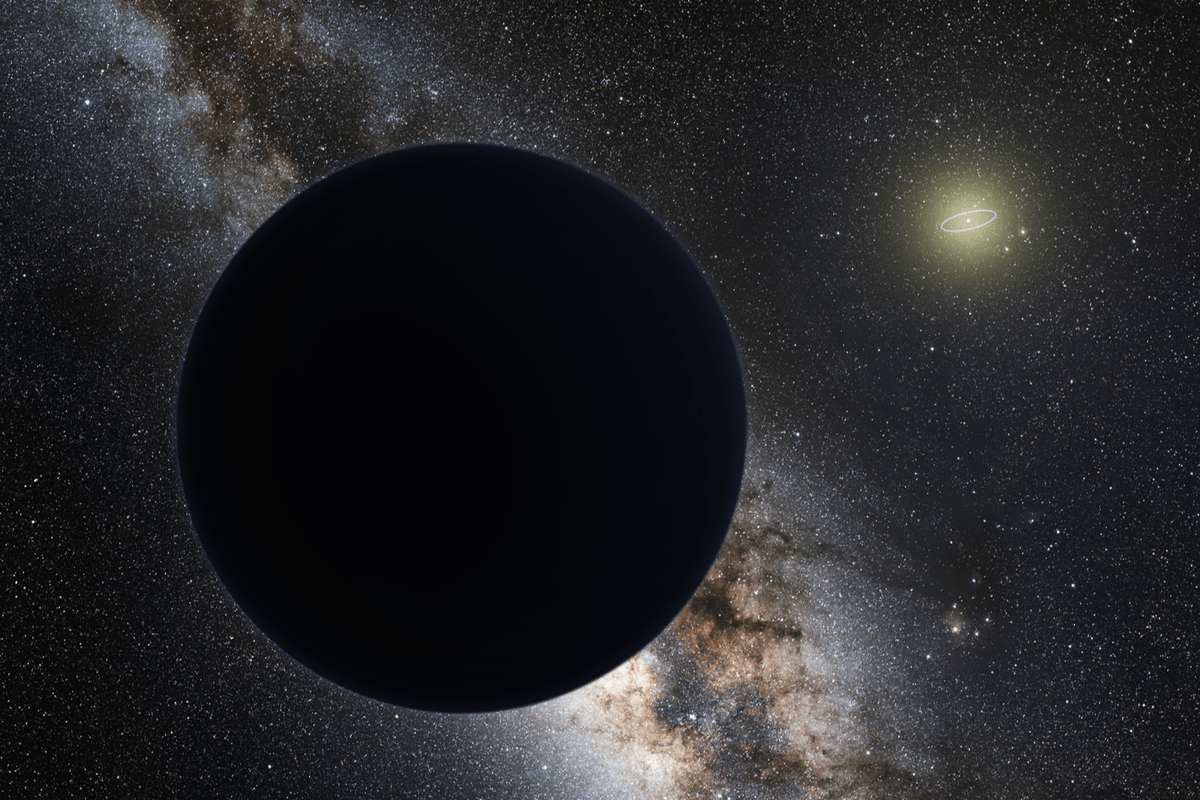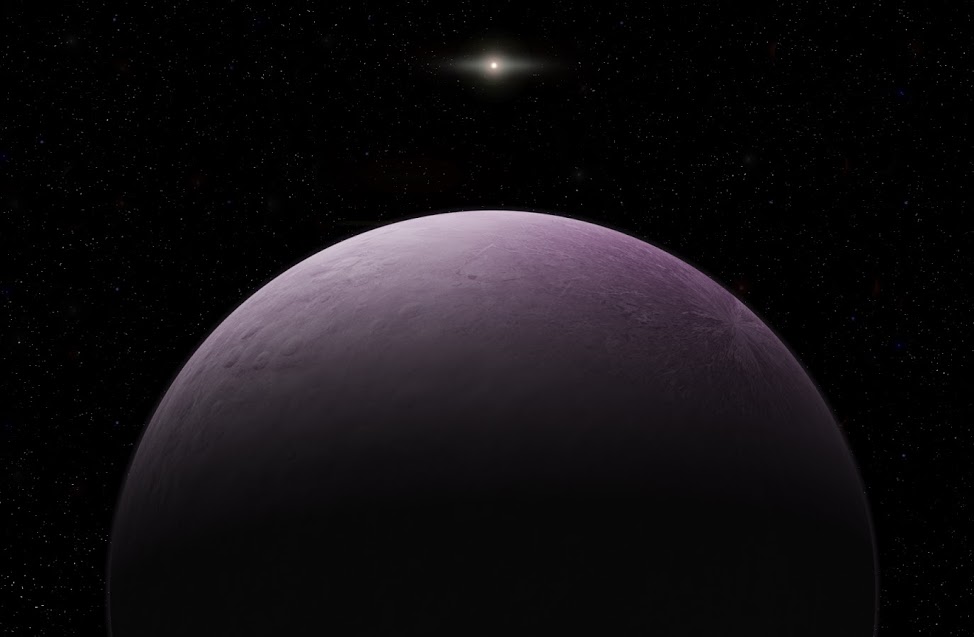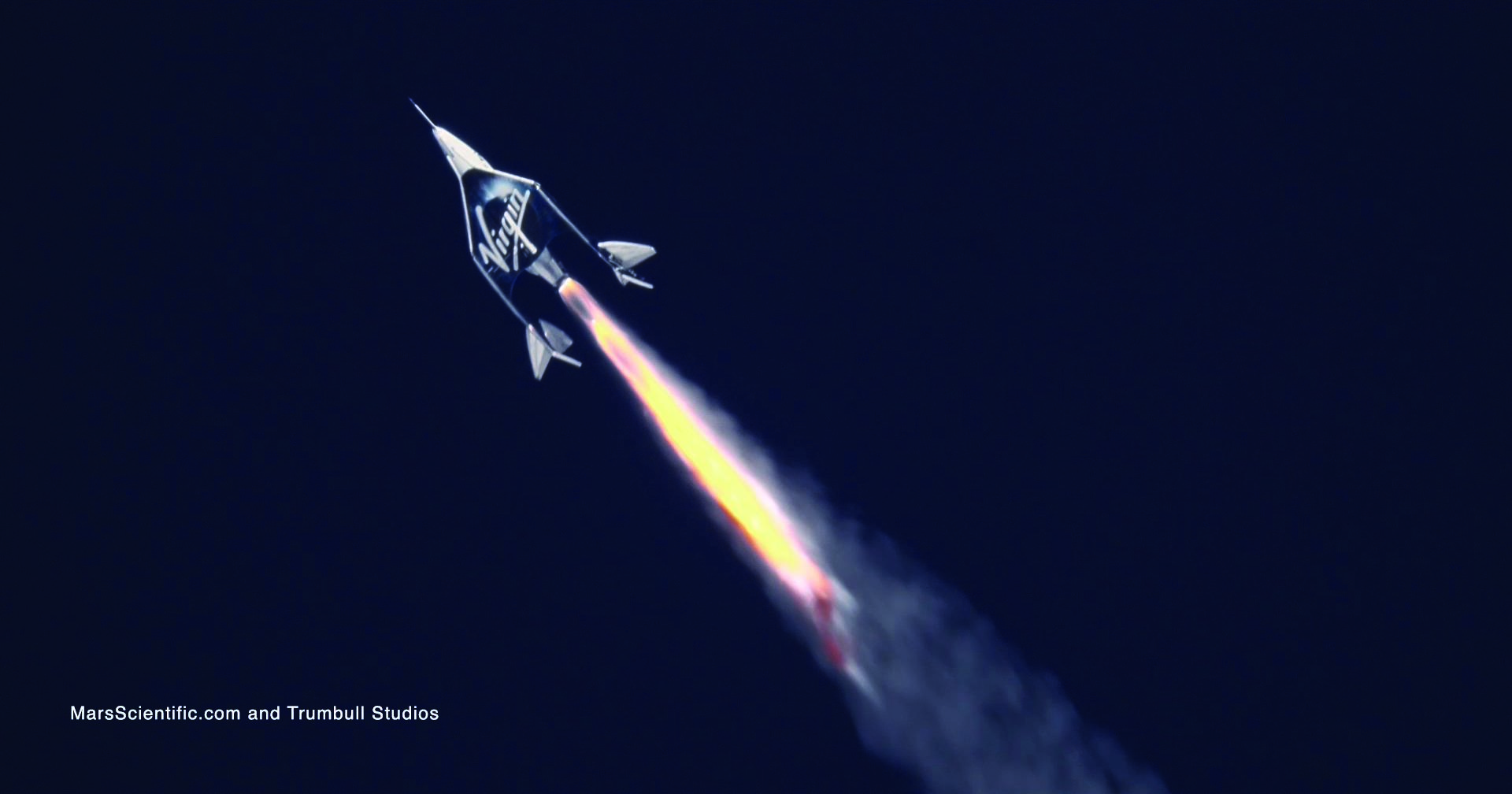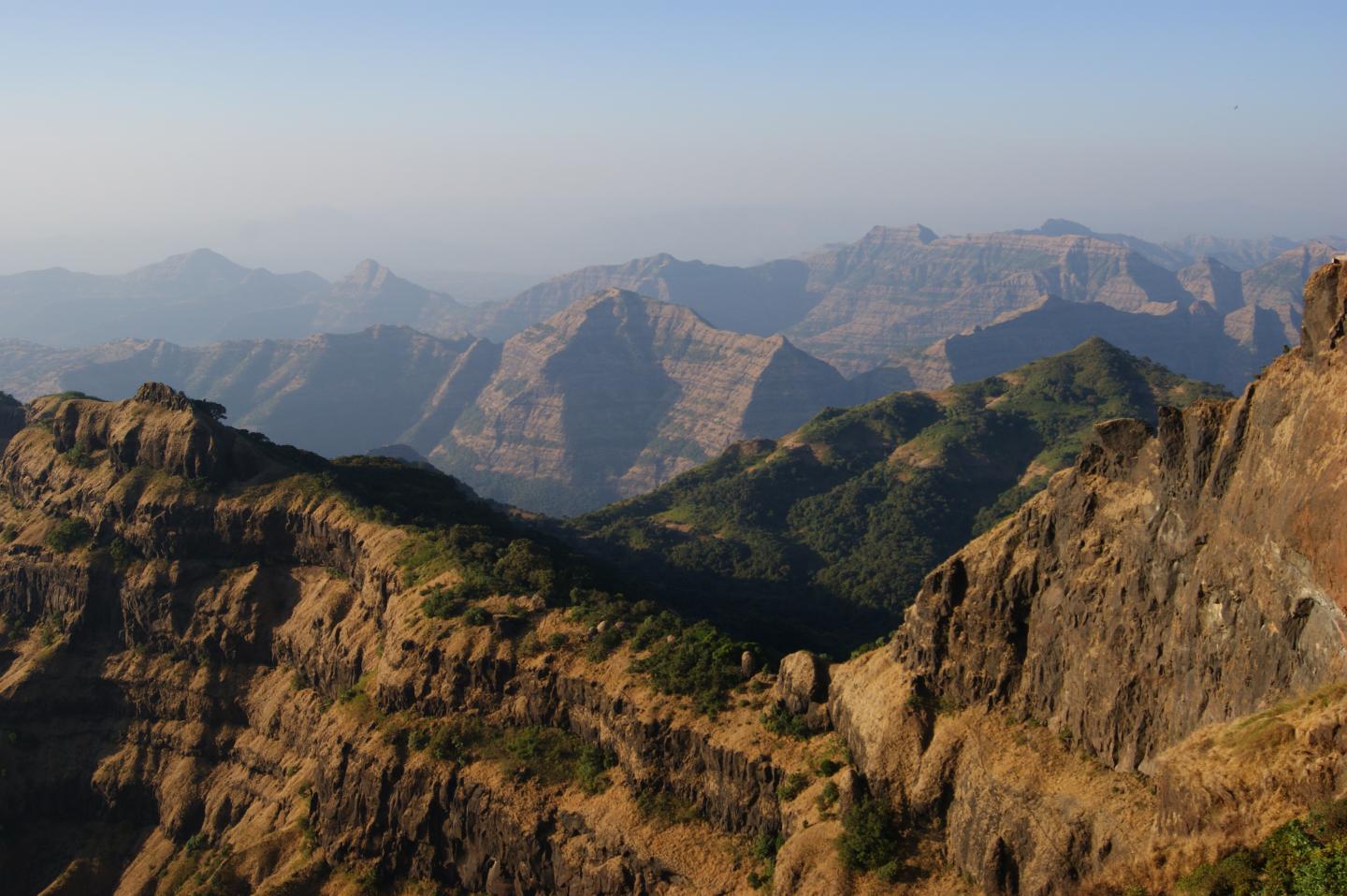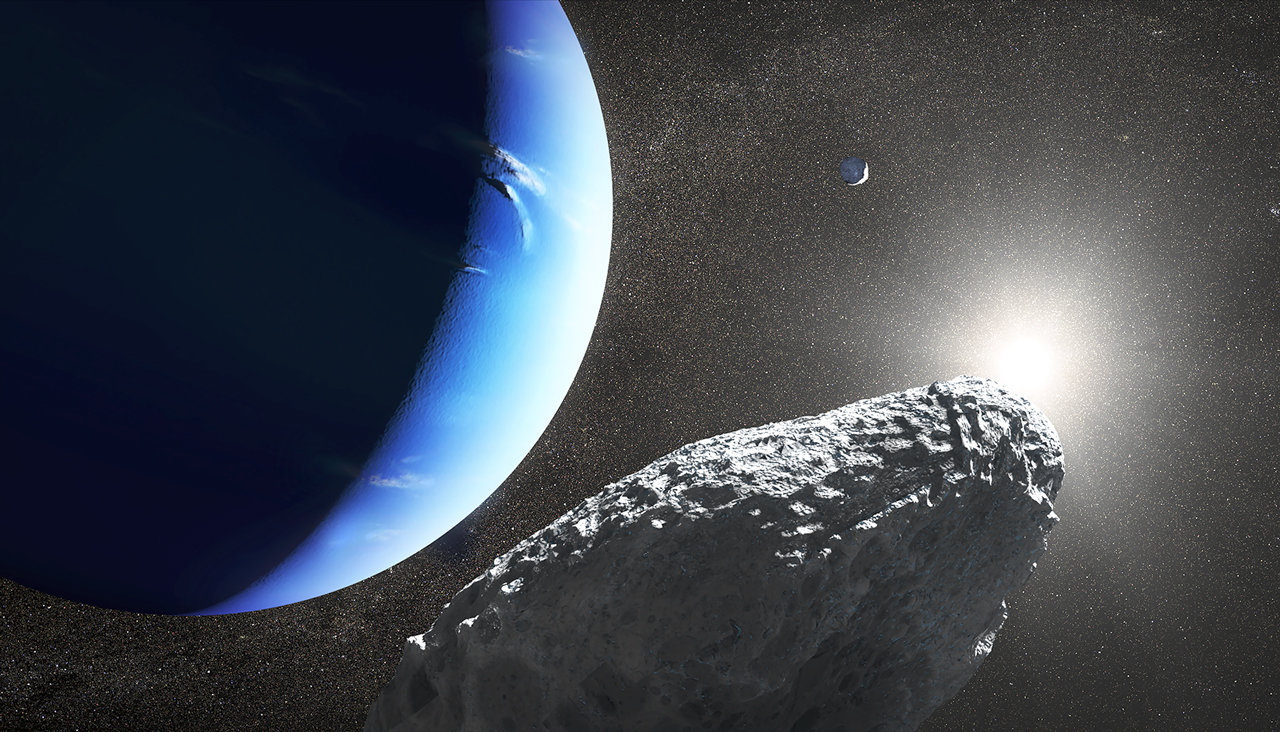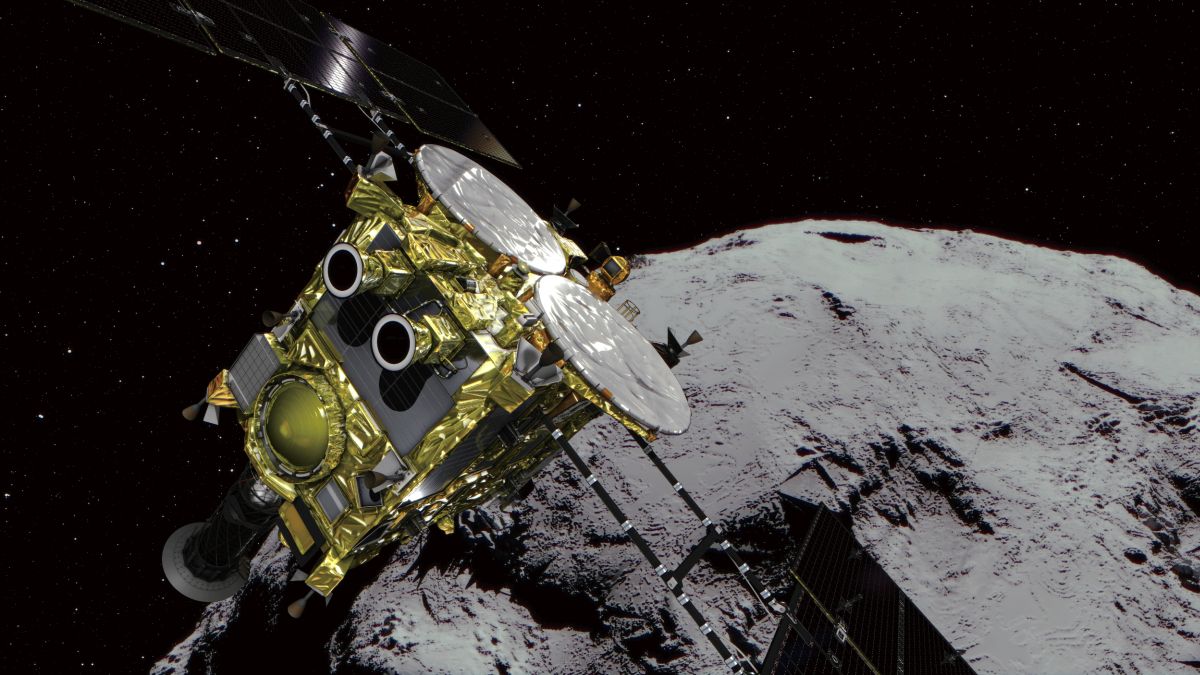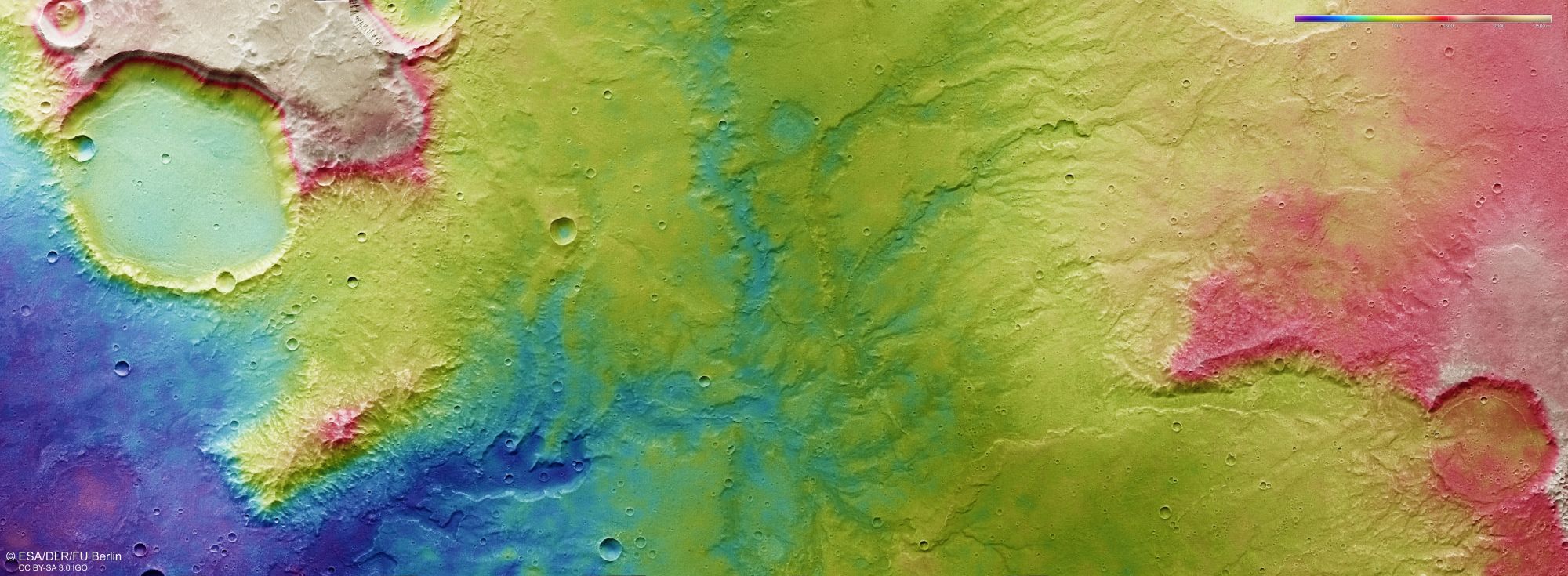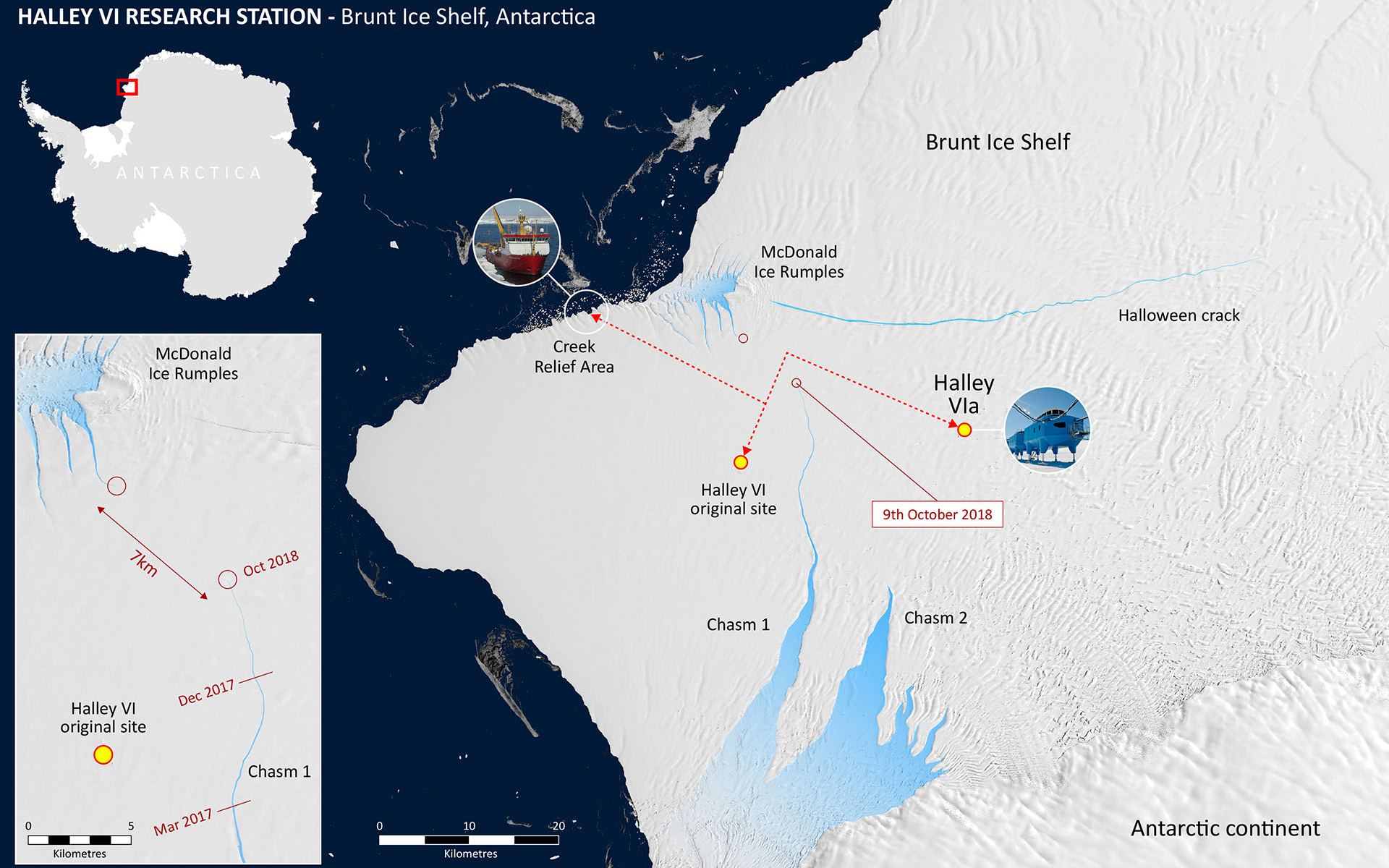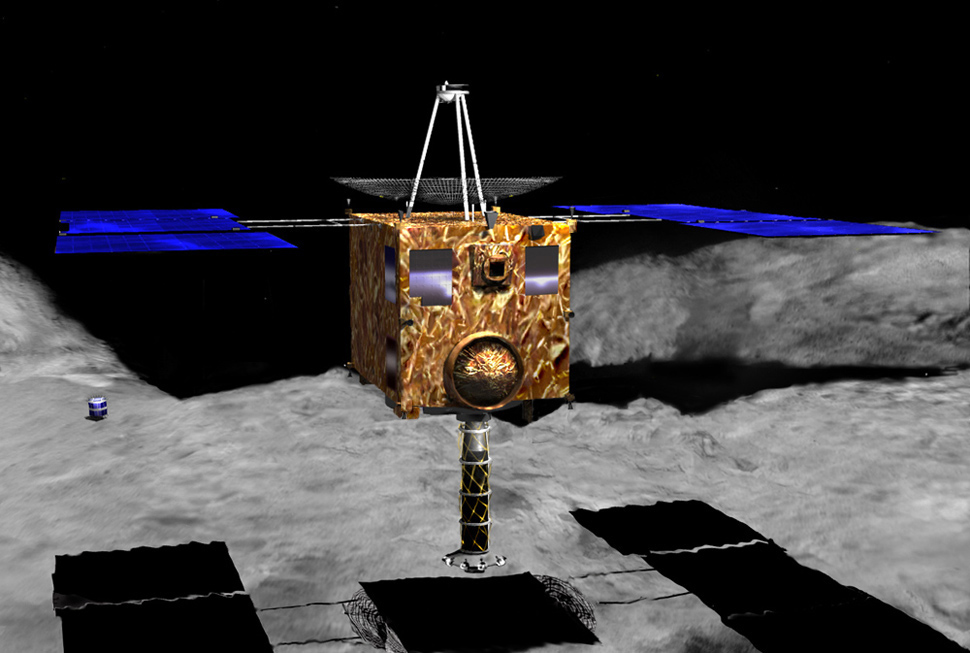What’s going on in the distant reaches of our Solar System? Is there a Planet 9 out there?
Out in the frigid expanse of our System, there are bodies on orbital paths that don’t make sense in terms of our eight-planet Solar System. There seems to be an undiscovered body out there, several times more massive than Earth, shaping the orbits of some Kuiper Belt Objects (KBOs), and driving astronomers to look deeper and more thoroughly into the extreme reaches of our System.
What they’re looking for is the mysterious, and so far unproven, ninth planet.
Continue reading “More Evidence that Planet 9 is Really Out There”
